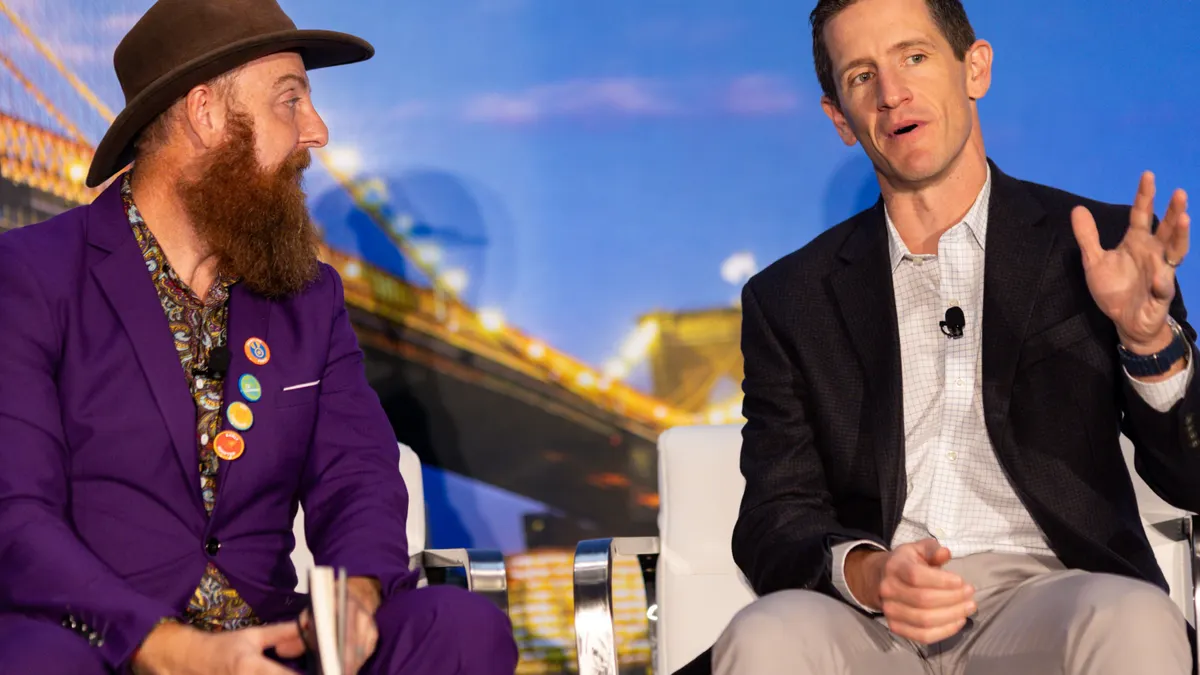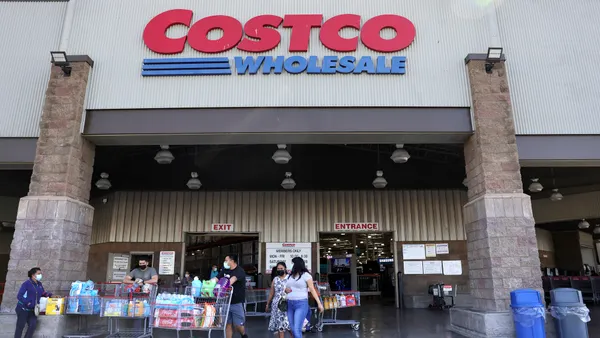Customer success is entering the limelight again.
Customer success teams, which guide B2B customers from onboarding to usage of a product or service, seek to make sure that their clients are getting the most out of a product or service with the eventual goal of subscription renewal.
Amid a crowded, struggling SaaS market, companies are leaning on their customer success teams to drive revenue and growth. And customer success leaders are under pressure to meet those goals depsite stagnant resources.
A study from ChurnZero found customer success resources failed to grow last year, due to economic conditions most SaaS providers face. According to the 2023 Customer Success Leadership Study, 55% of teams reduced or maintained headcount, while 62% of leaders reduced or maintained non-headcount budget.
Despite this, customer success is “going through a bit of a renaissance,” Shari Srebnick, principal analyst at Forrester, told CX Dive. “It’s like someone hit the reset or reboot button.”
Since it became a business function about two decades ago, customer success has been focused on customer happiness.
But in recent years, business leaders started to view customer success as an engine for revenue and growth, too, Srebnick said. Customer success leaders became more financially literate and took more ownership over financial goals.
Now, with a difficult SaaS market, all eyes are on customer success.
At HubSpot, a CRM provider that sponsored the Churn Zero study, the focus now is “on strong execution,” Rob Giglio, chief customer officer, said in an email.
HubSpot has an internal motto, he said: Champions are made in the off season.
“What this highlights is the importance of and focus on supporting our customers to navigate this tough landscape, while also advancing our strategy so that we’re in a strong position once the economy turns,” Giglio said. “Yes, macro uncertainty continues. But we also have this explosive opportunity with how we serve customers and how we get our work done.”
Scaling for success
You Mon Tsang, CEO and co-founder of ChurnZero, said via email that customer success has been thrust into the spotlight as investors seek levers of sustainable growth after leaving the “‘growth at all costs’ era” behind.
But that doesn’t mean customer success is insulated from the business environment.
The past two years have presented challenges to technology and B2B SaaS companies, in general, Srebnick said. Last year’s technology recession had CFOs more involved in procurement.
All expense categories — not just customer success — came under more scrutiny at SaaS companies backed by external capital.
“It really forced customer success leaders to start connecting the dots of their work to their company’s strategic business goals,” Srebnick said. “It also likely forces them to reimagine how they want to engage with customers and really lean toward more scalable approaches.”
In part, that means moving from a team of customer success generalists to specialists, she said. For example, no longer does one team need to have expertise in both onboarding and renewals.
Instead of being pulled in multiple directions, teams can focus and customers receive a more cohesive experience. This can help keep burnout at bay, especially for companies with a large book of business, Srebnick said.
Scale also requires technology. Even with stagnant resources, ChurnZero’s report showed more than half of organizations are using customer success software — for the first time in four years.
Specifically, adoption has ticked up for community software, learning management systems, marketing automation software, product software and project management software. Companies are also looking to AI, with 1 in 5 customer success toolkits including AI, while more than three-quarters of companies said they have adopted or will adopt artificial intelligence in the next year. HubSpot is no exception.
“We have an eye towards investing in motions that allow us to add customer value — especially at key moments of the customer journey — plus those that allow us to scale. This comes to life through headcount and technology — in particular AI and automation,” Giglio said.
The importance of soft skills
While scaling is important, coming out of this tough business environment stronger will require strong leadership, too.
Srebnick said breaking down silos is key. Customer success teams must understand the CEO’s goals for the year and understand them from the perspective of the business as a whole — not just of customer success.
“Have a broad view of the entire go-to-market strategy,” Srebnick said.
And don’t discount the basics, she continued. For customer success leaders, having a relationship with the CFO, with peers across functions, forms the basis of effective collaboration.
As Giglio said, customer success teams are “uniquely positioned” to best understand customers’ needs and challenges. They can act like marketers or sales reps as they advise on other company offerings that may offer solutions.
That’s true, whether or not there are economic pressures. The customer success outlook is likely more positive than budgets may suggest, anyway.
“The struggle for budget that customer success teams are facing is part of a multi-departmental trend in SaaS, not a symptom of a struggling function,” Tsang said. “As a function, customer success is only now hitting its stride, and there’s more to come.”


















